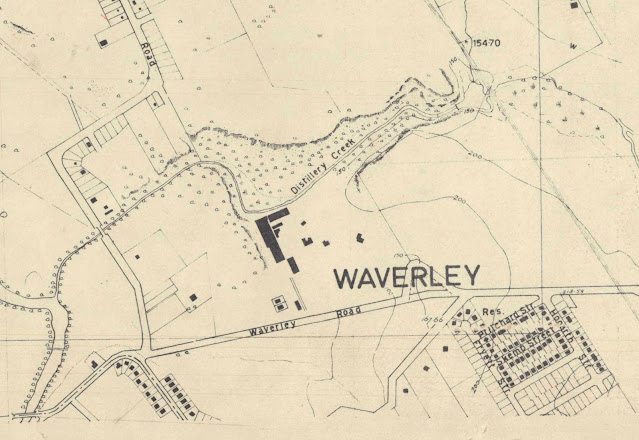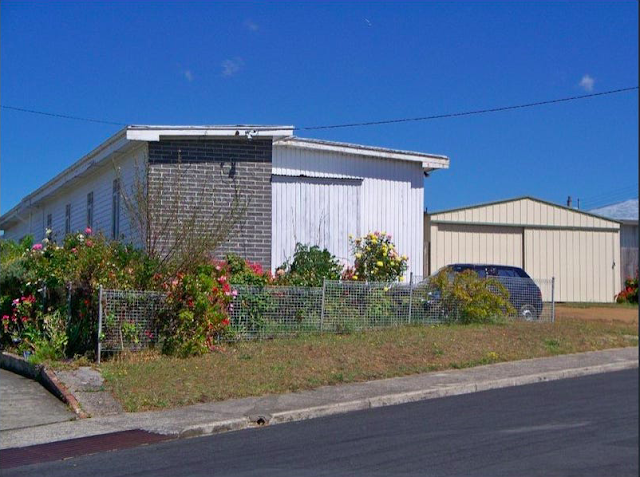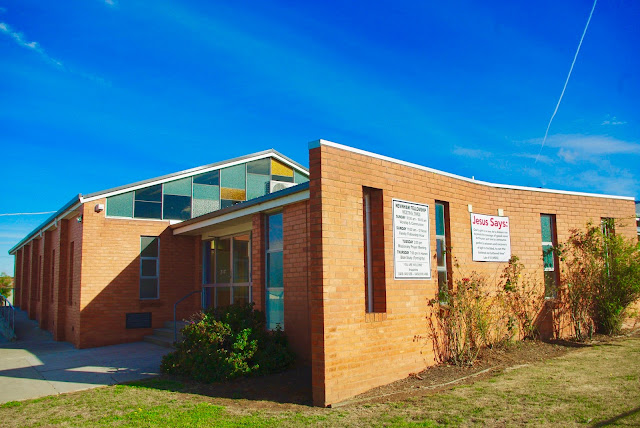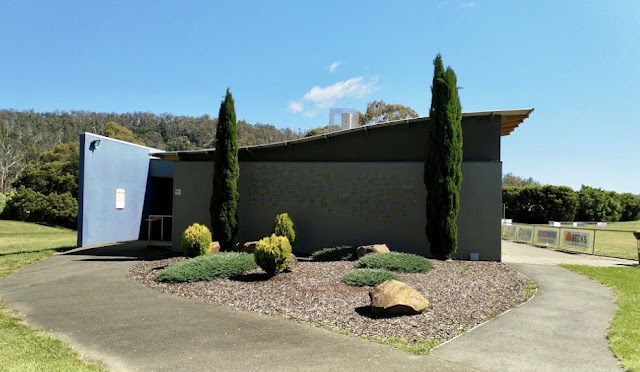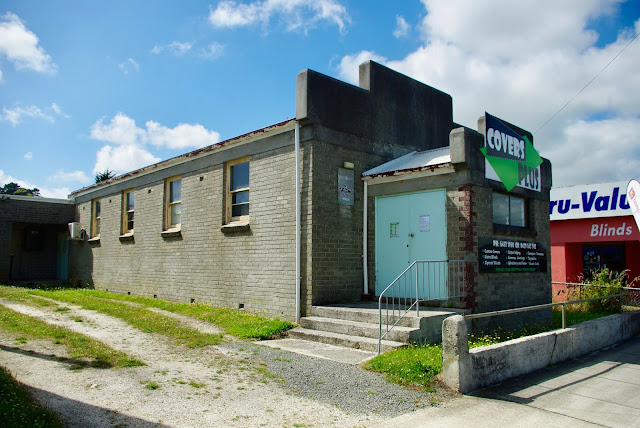No. 1028 - Glenorchy - 'Edeline Gospel Hall'
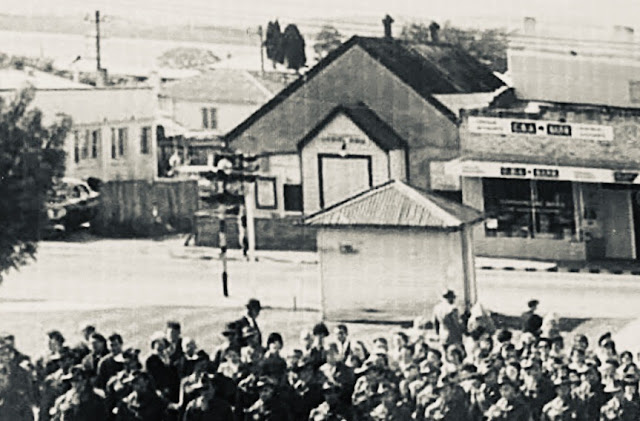
The city of Glenorchy is located approximately 7 kilometres north of Hobart's CBD. Glenorchy means ‘glen of tumbling waters’ and it is believed that Governor Lachlan Macquarie named the area after his wife’s birthplace; Glen Orchy, Argyllshire.The district was originally named 'King Georges Plains and the first centres of settlement were known as 'Kensington (village)' and ‘O'Briens Bridge’. Edeline Hall was built as public hall in late 1907 and was officially opened on Wednesday 1 January 1908. The hall was named in honour of Lady Edeline Strickland, wife of Governor Gerald Strickland. The hall still exists behind the facade of Bento Japanese take-away on Glenorchy Main Road, opposite the City Council offices. For many years Edeline Hall was a meeting place for social gatherings, political meetings, youth groups and occasionally for religious services and gatherings. By the 1950s the hall was in regular use by an evangelical Christian group; Worldwide Evangelizatio...

